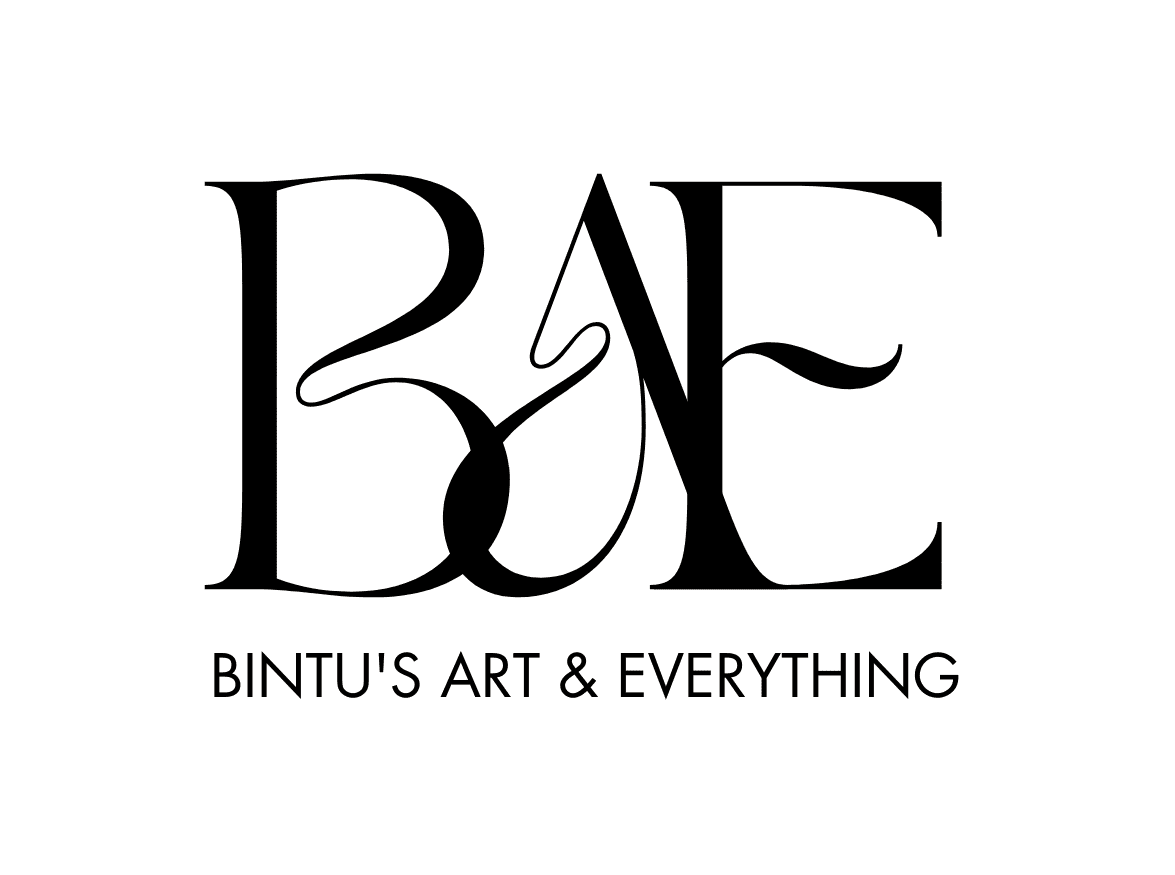Transitioning from 9–5 to Full-Time Content Creation
Leaving the stability of a 9–5 job to pursue full-time content creation is both exhilarating and daunting. Whether you’re drawn to YouTube, blogging, podcasting, or social media, turning your passion into a sustainable career requires strategy, patience, and grit. This guide outlines practical steps to make a smooth transition while minimizing risks and maximizing your chances of success.
1. Define Your Content Creation Goals
Before taking the leap, clarify why you want to create content full-time and what success looks like for you:
- Niche: What’s your focus? (e.g., travel vlogging, tech reviews, lifestyle blogging)
- Audience: Who are you creating for? Define your target demographic.
- Monetization Goals: Are you aiming for ad revenue, sponsorships, affiliate marketing, or your own products/services?
- Lifestyle: Do you want location independence, creative control, or a specific income level?
For example, a food blogger might target home cooks with budget-friendly recipes, aiming for affiliate income and sponsored posts. Clear goals shape your content and business plan.
2. Build Your Brand While Still Employed
Don’t quit your 9–5 just yet. Use your current job’s stability to lay a strong foundation:
- Start Creating: Consistently produce content on platforms like YouTube, TikTok, or a blog. Aim for 1–2 high-quality posts per week.
- Grow Your Audience: Engage with followers, respond to comments, and use analytics to understand what resonates.
- Develop Skills: Learn video editing, SEO, graphic design, or other relevant skills through free resources like YouTube tutorials or platforms like Coursera.
- Establish a Presence: Create a cohesive brand identity (logo, colors, tone) and maintain consistency across platforms.
For instance, if you’re a fitness enthusiast, post weekly workout videos on Instagram while refining your editing skills. This builds momentum without financial pressure.
3. Create a Financial Safety Net
Content creation income can be unpredictable, especially early on. Prepare financially:
- Save 6–12 Months of Expenses: Build an emergency fund to cover living costs during the transition.
- Reduce Debt: Pay off high-interest debts to lower financial stress.
- Budget for Tools: Account for equipment (e.g., camera, microphone), software, or marketing costs.
- Test Monetization: Experiment with revenue streams (e.g., affiliate links, Patreon) while still employed to gauge potential earnings.
A YouTuber might save $15,000 to cover six months of expenses and invest in a good camera before quitting their job.
4. Diversify Income Streams
Relying on one revenue source is risky. Explore multiple streams to stabilize your income:
- Ad Revenue: Platforms like YouTube or blogs with Google AdSense.
- Sponsorships: Partner with brands aligned with your niche.
- Affiliate Marketing: Promote products for commissions (e.g., Amazon Associates).
- Digital Products: Sell e-books, courses, or templates.
- Memberships: Offer exclusive content via Patreon or Substack.
- Freelancing: Use your skills (e.g., writing, editing) to supplement income.
For example, a travel vlogger might earn from YouTube ads, sponsored hotel stays, and an e-book on budget travel tips.
5. Plan Your Exit Strategy
Set clear milestones to know when you’re ready to leave your 9–5:
- Audience Size: Reach a specific number of followers or subscribers (e.g., 10,000 on Instagram).
- Income Threshold: Match or exceed 50–75% of your 9–5 income consistently for 3–6 months.
- Content Pipeline: Have a backlog of content ideas or scheduled posts to maintain consistency.
For instance, a podcaster might aim to earn $2,000/month from sponsorships and have 20 episodes recorded before going full-time.
6. Master Time Management
Content creation is time-intensive. While still employed, practice balancing both:
- Schedule Content Creation: Dedicate evenings or weekends to filming, writing, or editing.
- Batch Content: Create multiple pieces at once (e.g., film three videos in one day).
- Automate and Delegate: Use scheduling tools like Buffer for social media or hire freelancers for tasks like editing.
A blogger might write two posts every Sunday and schedule them for the week, freeing up time for promotion.
7. Network and Collaborate
Connections amplify your reach and credibility:
- Engage with Peers: Comment on other creators’ content or join online communities (e.g., Reddit’s r/creators).
- Collaborate: Partner with creators in your niche for cross-promotion.
- Attend Events: Join industry meetups or virtual conferences to learn and network.
For example, a beauty YouTuber might collaborate with a makeup brand or another creator for a tutorial, exposing their channel to new viewers.
8. Prepare for Challenges
Full-time content creation isn’t all glamour. Anticipate hurdles like:
- Income Fluctuations: Ad revenue or sponsorships may vary monthly.
- Burnout: Constant content production can be exhausting. Schedule breaks to recharge.
- Algorithm Changes: Platforms like YouTube or TikTok can shift algorithms, impacting reach. Diversify platforms to mitigate risks.
A TikTok creator might also post on Instagram Reels to hedge against algorithm changes.
Related Articles:
9. Take the Leap with Confidence
When your milestones are met, and you’re financially and mentally prepared, resign professionally:
- Give Notice: Follow your company’s protocol (typically 2–4 weeks).
- Maintain Relationships: Keep ties with colleagues for potential freelance or collaboration opportunities.
- Commit Fully: Treat content creation as a business, setting daily goals and tracking progress.
10. Stay Adaptable and Keep Learning
The content creation landscape evolves constantly. Stay ahead by:
- Analyzing Performance: Use analytics to refine your content strategy.
- Learning Trends: Stay updated on platform algorithms and audience preferences.
- Upskilling: Take courses on advanced editing, marketing, or monetization strategies.
For example, a blogger might learn SEO to boost their site’s ranking on Google.
Final Thoughts
Transitioning from a 9–5 to full-time content creation is a bold move that demands careful planning and relentless dedication. By building your brand, securing your finances, diversifying income streams, and staying adaptable, you can transform your creative passion into a thriving career. For expert guidance or tailored strategies to elevate your content creation journey, reach out to Bintus Art and Everything. Their expertise in digital marketing and branding can help Nigerian creatives like you craft a standout presence and achieve sustainable success. Start small, stay consistent, and contact Bintus Art and Everything to take your dream career to the next level!
Image Source: Youtube.com






